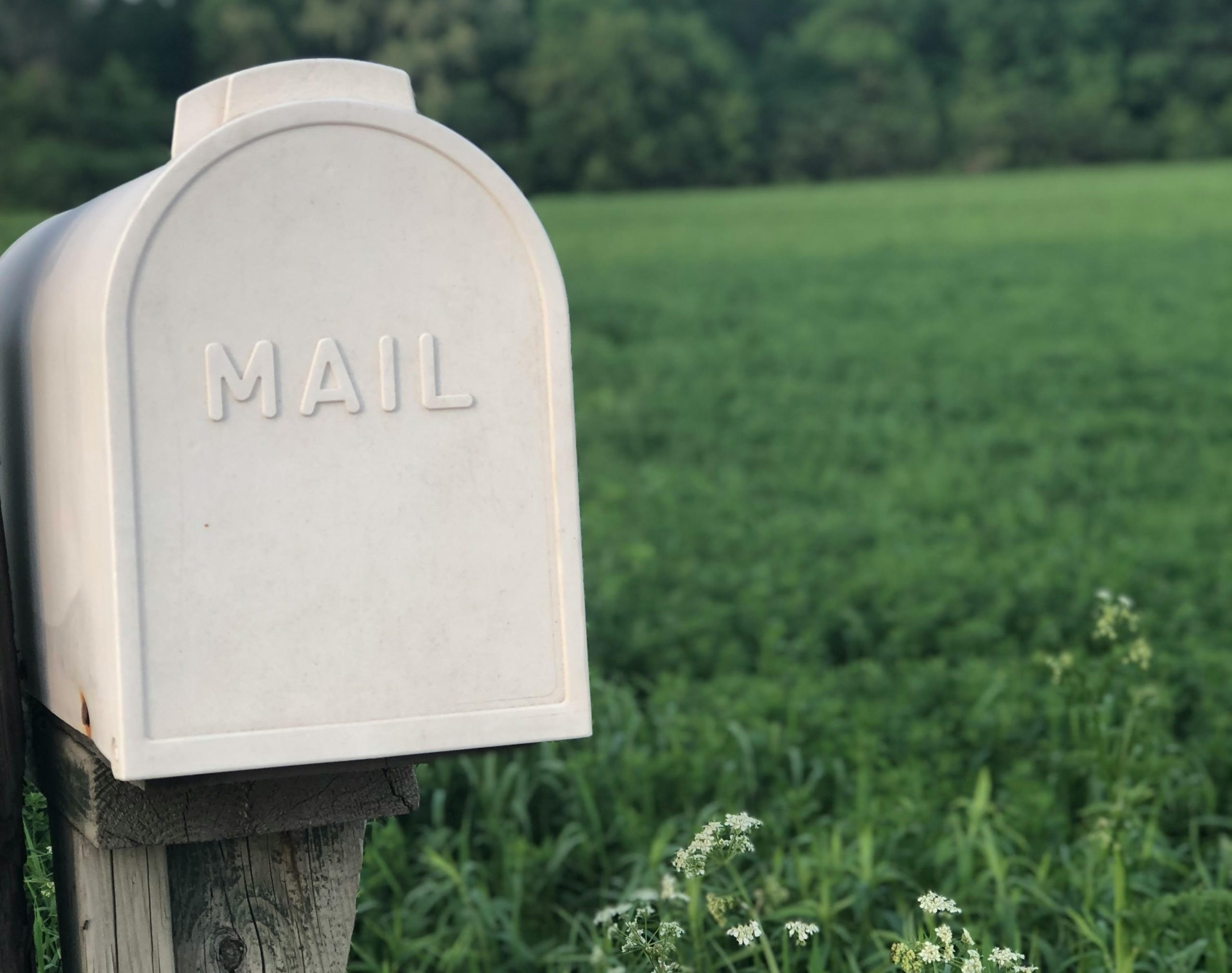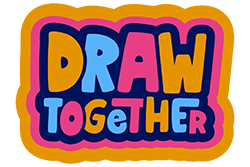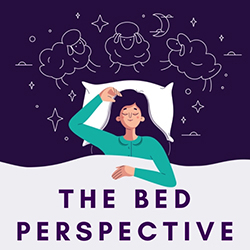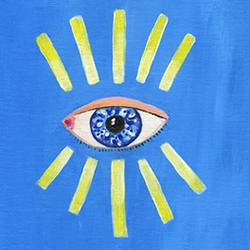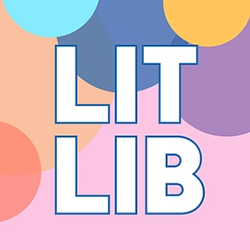Email, we can probably all agree, is generally a bummer. At the moment, my inbox is a jumble of stressful news stories and tasks I’m behind on jammed alongside emails from friends I really do want to answer and sales on things I don’t need but will definitely spend some time scrolling. (I’d bet I’m not the only one who’s felt a little zing of happiness on reading a “you’ve been chosen!” subject line, only to discover it’s not a writing prize but a sale at the Gap.)
Here’s one way to make email a little more fun: a selection of newsletters to spark your creativity, and, hopefully, inspire you to step away from your screen and back to your notebook or the natural world. Below, you’ll find newsletters from artists, writers, and thinkers that might just bring some joy back to your inbox.
Draw Together by Wendy Mac
You don’t have to be an artist to love Wendy Mac’s Draw Together—and I find, in fact, that freeing myself from the expectation that I’ll make something “good” is really part of the joy of the Draw Together Newsletter. I’ve used her exercises, like blind contour portraits, in my writing classes as experiments in cultivating our attention, and I got a kick out of my attempt at the 30-Day Drawing Habit at the beginning of this year. Draw Together combines MacNaughton’s expertise as an illustrator with her interest in mindfulness, as in this post, Take a Breath, which offers two drawing exercises designed to help manage stress and overwhelm. Paid subscribers get access to the Grown-Ups Table (GUT), which includes a weekly post with an art assignment, tips, guest interviews, and more. If you don’t want to spring for a subscription just yet, you can scroll back in the archives and find some treasures, or you can check out the Draw Together podcast.

The Isolation Journals by Suleika Jaouad
Writer Suleika Jaouad started her newsletter, The Isolation Journals, at the beginning of the pandemic, as a way to “turn that isolation into creative solitude and connection.” Her Sunday Prompts feature a writer or artist who offers a brief essay and a journaling prompt. My favorites include Carmen Radley’s invitation to “create an inventory of your loves” and Susan Cain’s prompt to “write about a time when something you loved and lost returned in a different form.” (I recently wrote my own Sunday Prompt, which was grouped with a lovely essay by Elizabeth Gilbert under the shared title “Unreasonable Love.”) More than anywhere else I’ve seen on Substack, Jaouad’s readers engage with these prompts and share their writing in the comments. If you’re looking for a little shot of inspiration each Sunday and the sense of community that comes from seeing how a whole group of people from around the world respond to the same piece of writing, you’ll find it here.
Astrology for Writers by Jeanna Kadlec
In her newsletter, Heretic author Jeanna Kadlec, describes astrology as a counterpoint to productivity culture and a path into more mindfulness in your writing process. Free subscribers get a new moon and full moon newsletter each month, as well as regular author interviews; paid subscribers also get a Sunday emailed called The Week Ahead which offers “a detailed breakdown of the week’s astrological events with advice on what writing/creative activities are best (or are to be avoided),” as well as access to a Discord community, first dibs on booking astrological readings with Kadlec, and extra newsletters for major transits, like Mercury Retrograde. Writers who are already interested in astrology will find a lot to love here—but I don’t think you have to be immersed in the language of astrology to find meaning in Kadlec’s newsletter. I know only that my October birthday makes me a Libra, and I’ve come to really appreciate Astrology for Writers as a way of thinking about time and as a means of helping me reflect on what’s happening around me and how that might impact my writing life. A recent piece on the Full Moon, for example, considered what it means to be “in the messy middle of process” in our lives and our writing and offered a series of writing prompts to encourage reflection about how our environment, health, and relationships might be shaping our relationship to creativity at the moment.

The Imperfectionist by Oliver Burkeman
Oliver Burkeman, author of Meditations for Mortals and Four Thousand Weeks, writes his twice-monthly, free newsletter, The Imperfectionist, about “productivity, mortality, the power of limits, and building a meaningful life in an age of bewilderment.” If you, like me, are allergic to the productivity bro hustle that’s an ubiquitous feature of most writing on time management literature but are still weirdly compelled by the hope that maybe there’s a better system out there somewhere, I bet you’ll love Burkeman’s writing. Each issue of The Imperfectionist contains one little gem of an idea or a way to reframe how we think about productivity, work, and time. (Some of my favorites include his assertion that “You can’t hoard life,” the reminder that “There’s no such thing as a fresh start,” and a recent musing on “Kayaks and Superyachts,” an excerpt from his new book Meditations for Mortals.) Burkeman’s writing manages to always feel both practical and refreshingly human.
The Bed Perspective by Madelleine Müller
Madelleine Müller, a Danish writer and musician, describes The Bed Perspective as “a newsletter about navigating chronic illness and creativity from a feminist and anti-ableist perspective.” Every second Wednesday, subscribers get an article on the experience of sustaining a creative practice while living with chronic illness, informed by Müller’s feminist and anti-ableist perspective. Müller also shares short meditations aimed at helping readers navigate health challenges, and she hosts community chats every other Friday. If you are living with chronic illness or trauma or love someone who does, I think you’ll find lots here to comfort and inspire you. Even writers without those particular challenges, though, will find the self-compassion and wisdom about creative practice Müller shares valuable. I particularly like her piece on tiny creative acts, like a word dump, lyric diary, dream diary, or more, to help you stay creative in difficult times.

See You by Carolyn Yoo
Like Draw Together, See You, the newsletter created by artist and illust-writer Carolyn Yoo, focuses on drawing and visual journaling, but you don’t have to be a proficient artist to benefit from Yoo’s work. See You offers a great mix of exercises, like this post on visual journaling, and smart ways of thinking about sustaining a creative practice, as in her argument that instead of feeling like we have to make art (or write) every day, we should identify our minimum and maximum creative time. Free subscribers get access to weekly creative advice and glimpses of Carolyn’s artistic practice, review of art materials, monthly roundups, and interviews with other artists and illustrators; a paid membership gets subscribers access to the “Ask CYOO” advice column and archived sketchbook and process posts.
Curiosity and Ritual by Sarah Lyn Rogers
Writer and editor Sarah Lyn Rogers’s newsletter Curiosity and Ritual follows a publishing schedule guided by the solstices, equinoxes, and cross-quarter days. Against the creative writing workshop imperatives to write every day or just get your butt in the chair, Rogers’s newsletter focuses on “the ebbs and flows of the seasons and creative energy.” Each newsletter closes with a ritual or experiment to help you in your creative practice. The vibe is a little witchy and wryly funny, as in an August newsletter marking the halfway point between summer solstice and autumn equinox, which was titled Well, are you having a brat summer? (a traditional Lughnasadh question) and featured Shrek alongside Charli XCX and the encouragement to consider “How can I invite more ‘brat’ into my life?” A newsletter from late September, titled Another hermit girl autumn: desert hermit edition, offered readers prompts for “eclipse-themed journaling,” asking “In this season, what would you like to let go of? Or what were you shown it’s time to leave behind?” Even as someone who has to think hard to remember the difference between a solstice and an equinox, I find that Rogers’s newsletters, with their rituals and probing questions, always reach me at just the right time.
Literary Liberation by Sherisa de Groot
Founded by writer and editor Sherisa de Groot, Literary Liberation describes itself as “a companion space to Raising Mothers, focusing on our writing, our wellness and our parenting practices.” Literary Liberation focuses on writing by the Global Majority and members of marginalized communities, and in just over six months, the newsletter has already featured an amazing array of workshops and interviews. Featured writers and workshop leaders include writers Elizabeth Acevedo and Emily Raboteau, agent Cherise Fisher, and more. Free members get access to all class and event offerings and occasional additional posts; Sarah Dalton’s about learning to make birth art during her second pregnancy and the related workshop, After Birth: Postpartum Narratives, is one example of a really valuable free offering. (Workshops range from $100 to $275, depending on the number of sessions; payment plans and scholarships are available.) Paid members get access to Literary Liberation prompts, interviews, private writing sessions, and more. If you could use more community and inspiration in your writing life, Literary Liberation is a great place to start.
Read the original article here
